|
The icelandic sheep orignated in, you guessed it, Iceland. It developed in almost complete isolation and it is one of the purest breeds of sheep found in the world. Many farmers raise Icelandic sheeps because they are a hardy breed, and can be used for both the meat and the fleece. The wool in this breed study is provided by Rainbows End Farm, a family operated farm in Wisconsin. Click Here for pictures of their icelandic sheep! The Icelandic sheep is known for its wonderful double coated fleece. The long outter coat is called tog; it is hair-like and shiny, but with a thicker diameter fiber. The shorter dinner coat is called thel; it is downy and fluffy, but has a very short staple length. In this sample, the tog is around 5 inches, and the thel is about 1 inch or so. Raw WoolThe raw wool is slightly grimy at first touch. There is very little lanolin in the fiber. With just one wash in hot water, the fleece becomes airy and light. It also comes in many different colors. The white in this sample is very bright. I am sure there are icelandic sheep that produces a warmer white as well. SpinningNot much preparation is necessary before spinning, however some spinners might separate the tog (low 30s micron) from the thel (low 20s micron) to preserve the thel's next-to-skin level of softness. I used a mill-repared roving from the Rainbows End Farm which is a mix of the inner and outter coat. In the picture above, I spun the yarn using the short forward draw. It made somewhat stiff yarn. It is dense and scratchy, but very warm durable. I would use it for outterwear, rugs, or purses. In the picture below, I spun the yarn with a modified forward draw where I did not smooth my fingers over the yarn, so it is a more lofty yarn. In addition, I made a somewhat overspun single, set the twist in hot water, then ran it back through the wheel in the opposite direction to undo some of the twist. The resulting yarn is much softer. It is still a bit scratchy and not suitable to wear next to skin, but it is airy and warm.
|
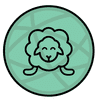
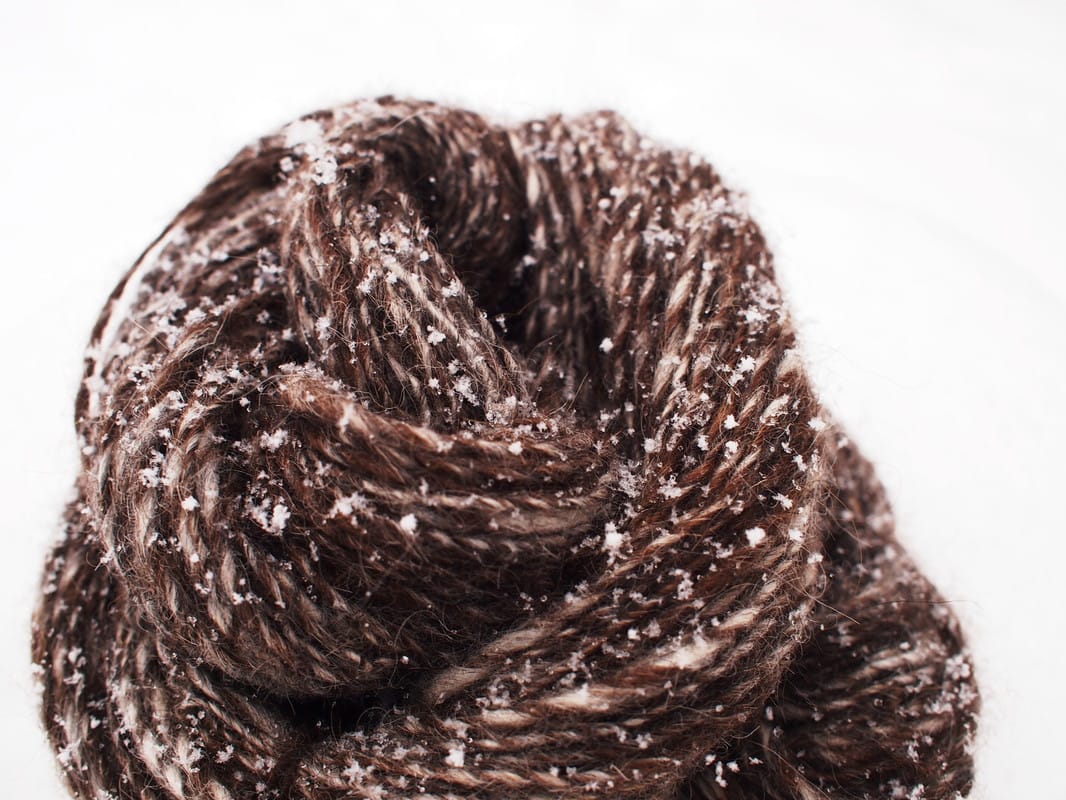
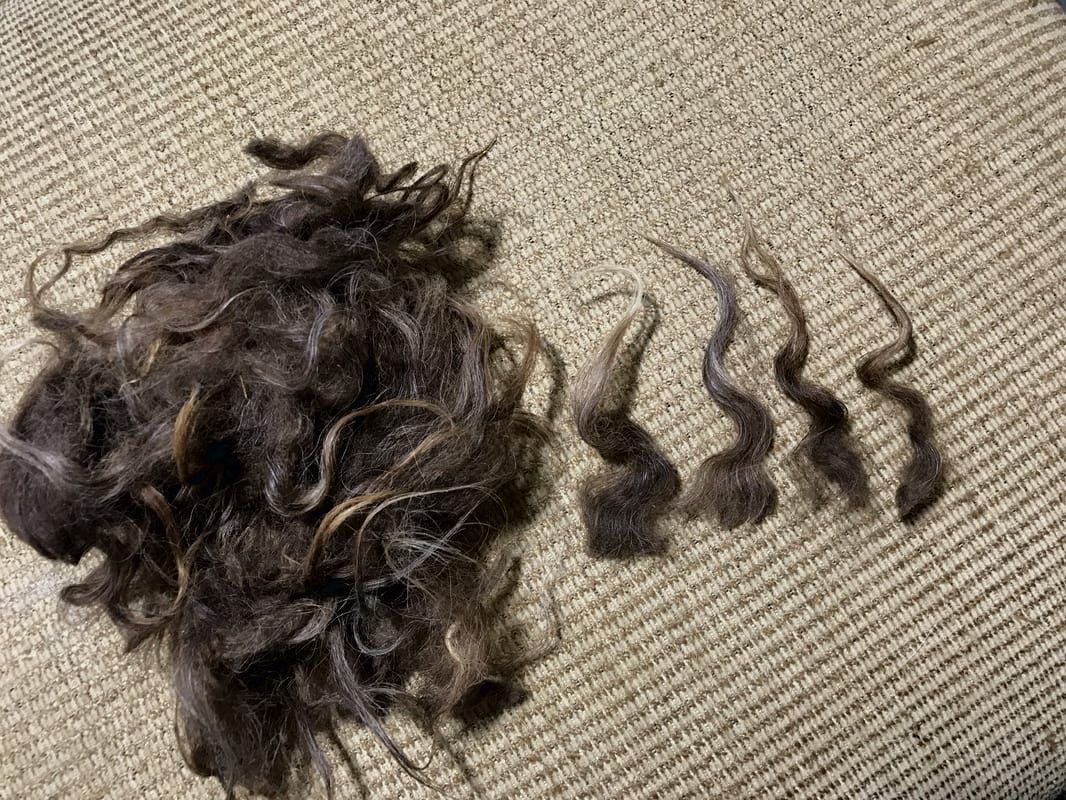
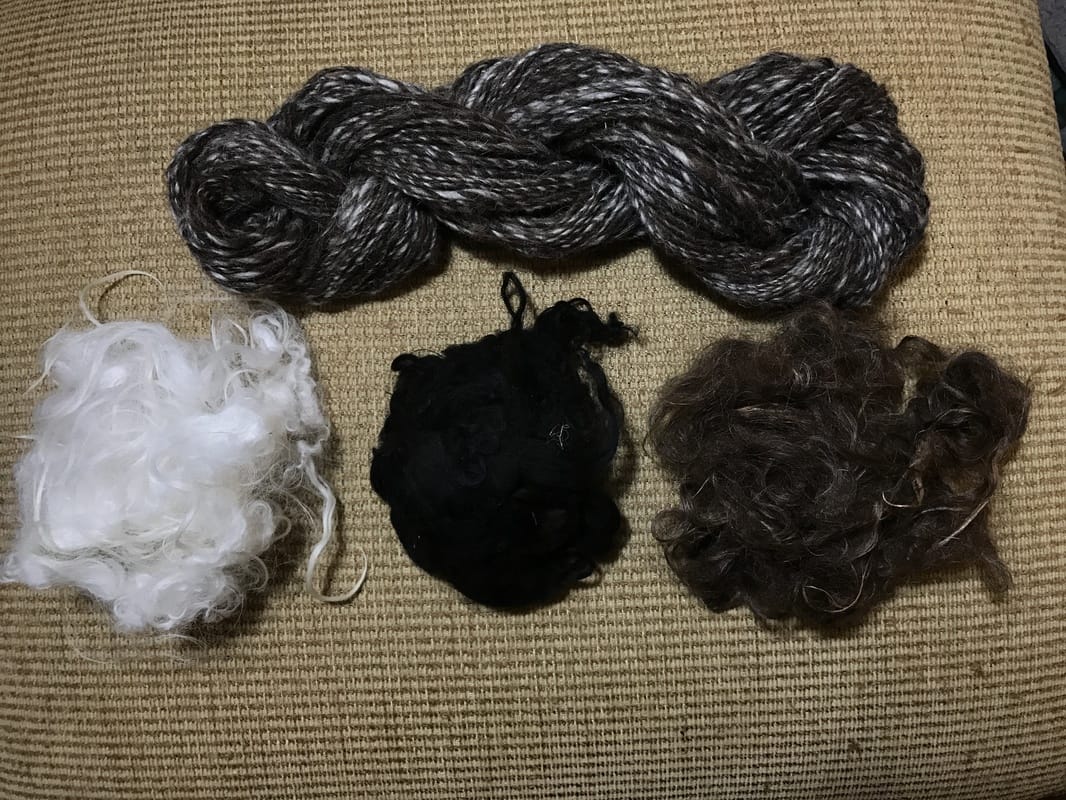

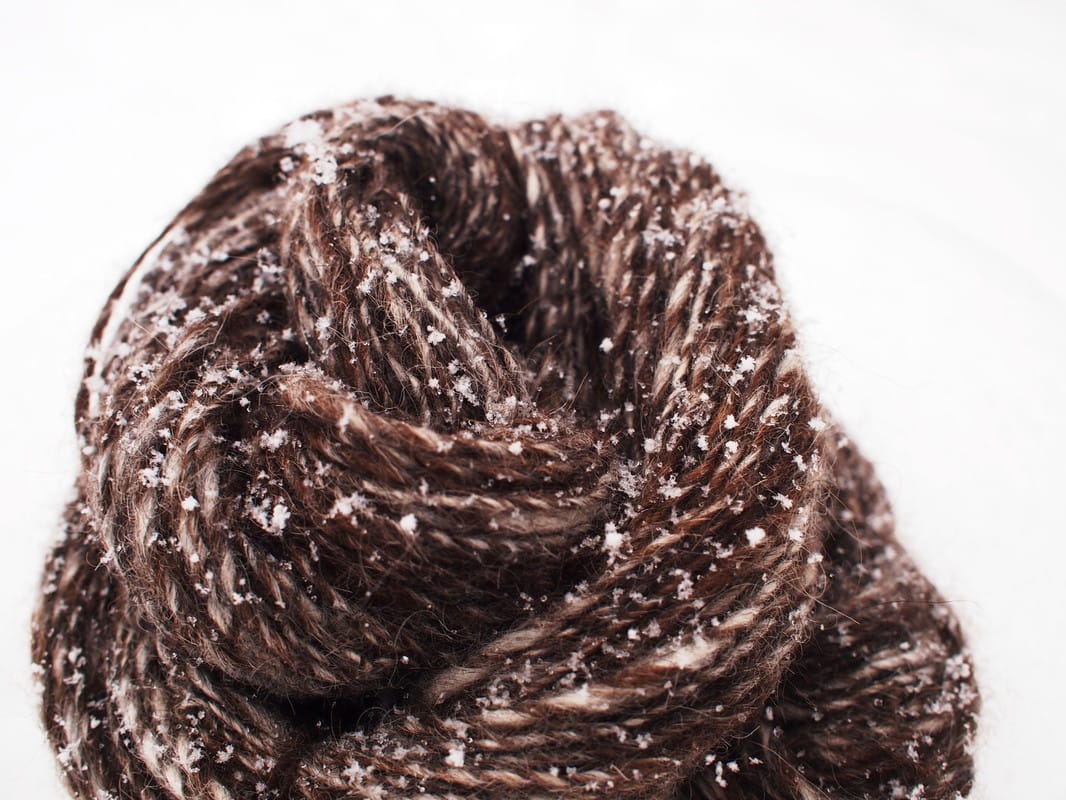


 RSS Feed
RSS Feed
